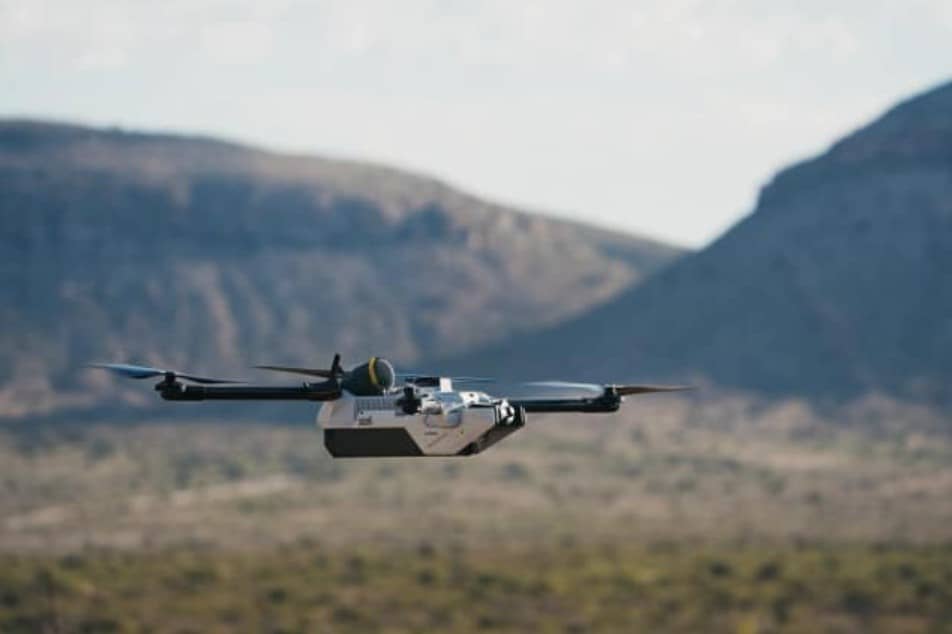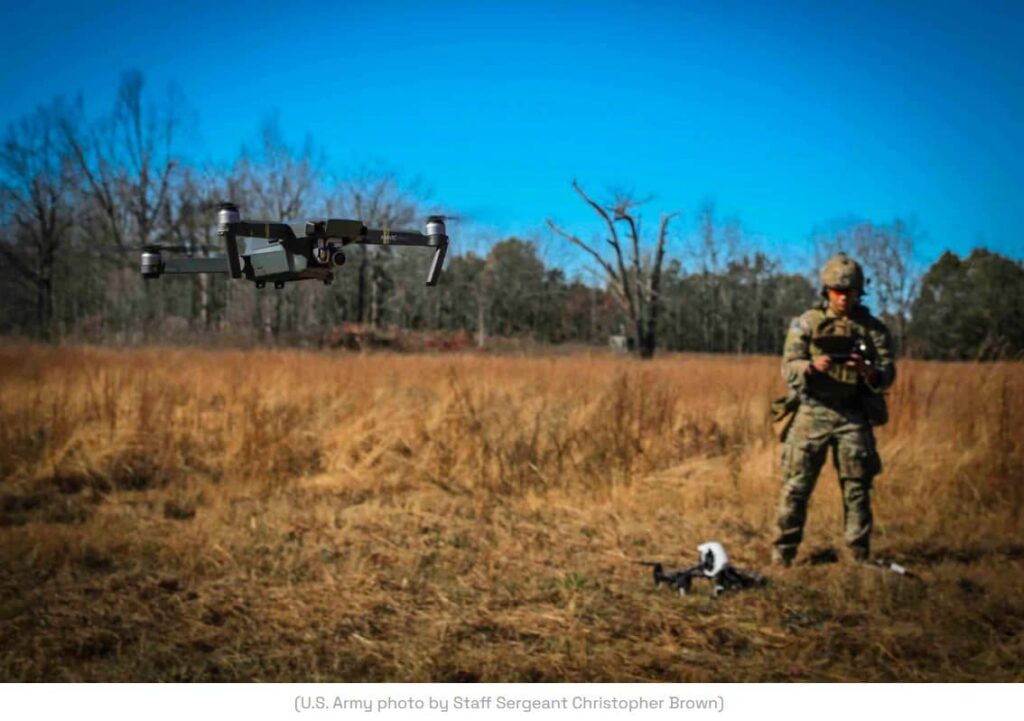In Remote Texas, Anduril Explores the Future of Drone Warfare

A global race is intensifying, focused on building affordable autonomous weapons and innovating how they can operate together in battle.
Why It Matters: Today, drones serve as tools for troops, but tomorrow’s warfare will likely feature swarms of drones working in collaboration, turning battlefields into an unmanned “hellscape,” as the U.S. military’s top commander in the Indo-Pacific described it.
The Big Picture: Significant investments are being made, from the Pentagon’s $1 billion “Replicator” initiative to the Air Force’s collaborative combat aircraft, the Army’s integration of human-machine formations, and the Navy’s hybrid fleet.
Mark Milley, former Chairman of the Joint Chiefs of Staff, told Axios in July that within 10-15 years, a third of the U.S. military will consist of robotic systems. Meanwhile, China leads the global drone market, Iran supplies Russia and extremist groups with drones, and North Korea continues to create replicas of America’s advanced unmanned systems.
Driving the News: To explore this future, Axios visited Anduril’s Texas Test Site, located near the U.S.-Mexico border. This environment combines the feel of a Middle Eastern forward-operating base with a tech-geek vibe reminiscent of Burning Man.
At this remote airstrip, Anduril demonstrated how a single operator, familiar with basic software like Siri and equipped with a laptop, could control multiple jet-powered drones.
Using the company’s Lattice for Mission Autonomy software—which resembles an advanced flight tracker—the operator, “Kobe,” directed a group of midsize drones as they took off, flew in formation, patrolled, and engaged a simulated enemy aircraft. The drones sought approval before making significant moves, such as intercepting an enemy plane and launching what was referred to as a “magic missile” (no live explosions occurred).
During a flyby reminiscent of the Blue Angels, the drones maintained just 20 feet of separation. Their callsign was “Mustang,” a nod to the World War II-era P-51 Mustang fighter, which the U.S. mass-produced.
Between the Lines: This demonstration offered insight into how Anduril envisions airpower and autonomy as they compete to help shape the Air Force’s fleet of robotic wingmen.
In April, the Air Force selected Anduril and General Atomics to develop collaborative combat aircraft (CCA) prototypes. Air Force Secretary Frank Kendall stated that these aircraft “will be flying soon, and at least one of them will be part of our fleet in meaningful numbers in the next few years.”
Different configurations are being developed for various tasks, including long-range surveillance, jamming signals, acting as decoys, and attacking targets with munitions.
What They’re Saying: “A good wingman is someone I can trust and predict,” said Kevin Chlan, Anduril’s Senior Director of Air Dominance and Strike. “Humans get bored, need a drink, or a break. Robots don’t.”
Chlan, a former fighter pilot, highlighted the advantages of autonomous systems, though the company declined to discuss any government contracts during the event.
Zoom In: To perfect air autonomy, Anduril initiated an internal “Hyperion” project named after the Greek titan. Over 200 live flight tests have already been conducted.
Diem Salmon, Vice President of Air Dominance and Strike at Anduril, said, “Live-flight testing enables us to move faster. While simulations have their place, live tests are crucial, especially as we move toward integrating various platforms.”
Yes, But the demo was realistic regarding flight paths and operations. However, it did not include the electronic warfare and chaos that would likely be present in a conflict with nations like China or Russia, where electromagnetic spectrum control would be fiercely contested.
Full Disclosure: Anduril hosted several reporters for a day of demonstrations. The 16-hour roundtrip included a stop in Dallas and a quick visit to Whataburger.




